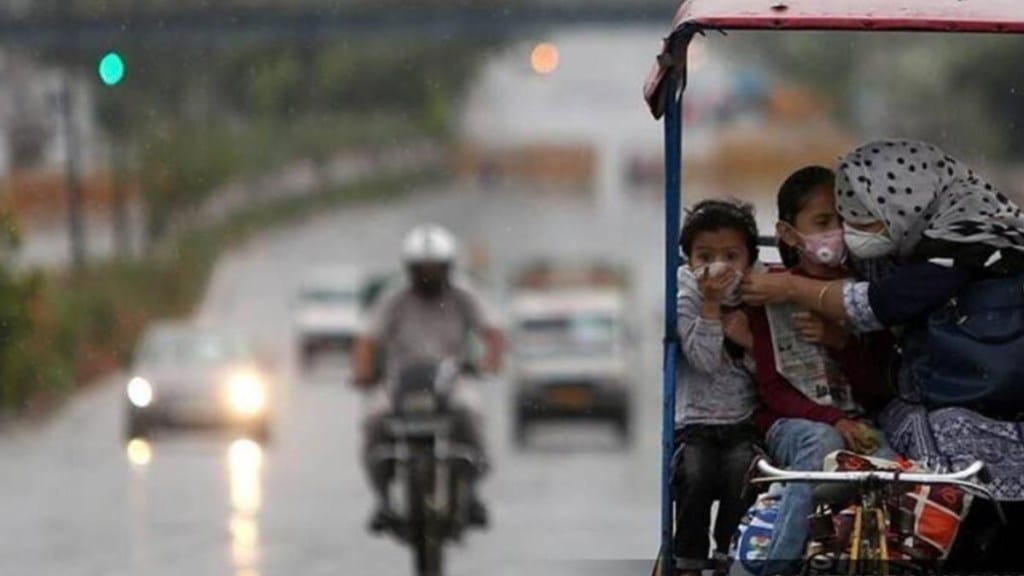India experienced significantly above-average rainfall in August, recording about 16% more than usual, according to the India Meteorological Department (IMD). The country saw 287.1 mm of rainfall last month, compared to the normal 248.1 mm. IMD Director General Mrutyunjay Mohapatra shared the figures during a virtual press conference, revealing that the Northwest region, in particular, recorded 253.9 mm, the second highest August rainfall since 2001.
Since the beginning of the monsoon season on June 1, India has received 749 mm of precipitation, surpassing the normal 701 mm for the same period. However, the distribution of rainfall has been uneven. “Several districts in the foothills of the Himalayas and the northeast experienced below-normal rainfall as most of the low-pressure systems moved south of their usual position, and the monsoon trough also remained south of its typical position,” the IMD chief said.
Regions like Kerala, the Vidarbha area of Maharashtra, and many northeastern states faced deficient rainfall in August, raising concerns about water availability and agricultural output in these areas.
What lies ahead for September?
After an unusually wet August, the IMD forecasts that September will also bring above-average rainfall across most of India. The country is expected to receive 109% of the long-period average for September, which is 167.9 mm. Northwest India, in particular, is predicted to experience heavy to very heavy rainfall.
Uttarakhand, parts of Himachal Pradesh, Jammu and Kashmir, Rajasthan, and adjoining regions of Madhya Pradesh are among the areas at risk of extreme rainfall. Mohapatra warned of potential floods, landslides, mudslides, and landslips in these regions. “We must remain cautious, especially in flood-prone and hilly areas, as episodes of extreme rainfall could cause severe damage,” he noted.
The IMD also predicted the formation of multiple low-pressure systems over the Bay of Bengal throughout September, which could lead to widespread precipitation. These systems are expected to move west-northwestward, reaching as far as Rajasthan. Additionally, the monsoon trough is likely to stay in its normal position, although it may shift towards the Himalayan foothills at times.
The month may also see a western disturbance affecting the northwest regions, adding to the rainfall burden in an already saturated area.
(With inputs from PTI)

